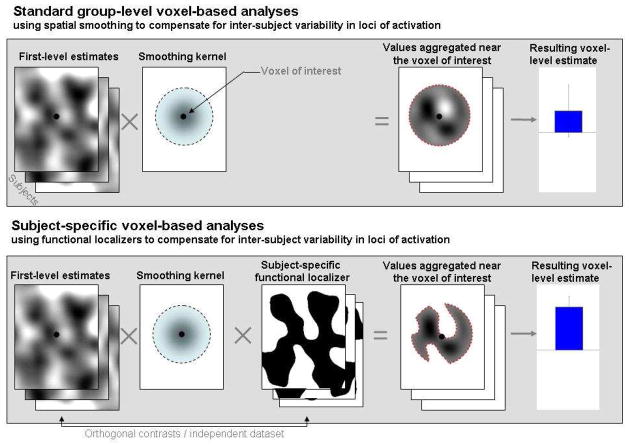Figure 6. A schematic illustration of the use of functional localizers in the context of voxel-based analyses.
Standard voxel-level analyses (top) that use smoothing as a way to compensate for inter-subject variability in the loci of activation aggregate, for each voxel, the BOLD data (or single-subject estimates) across a surrounding area defined by the smoothing kernel support. The application of functional localizers in the context of voxel-based analyses (bottom) limits this aggregation to only those surrounding voxels within the subject-specific functional localizer mask (obtained from an orthogonal contrast or independent dataset). In the presence of inter-subject variability in the loci of activation this approach offers higher sensitivity and functional resolution, and a reduction of bias, in the resulting voxel-level estimates.

